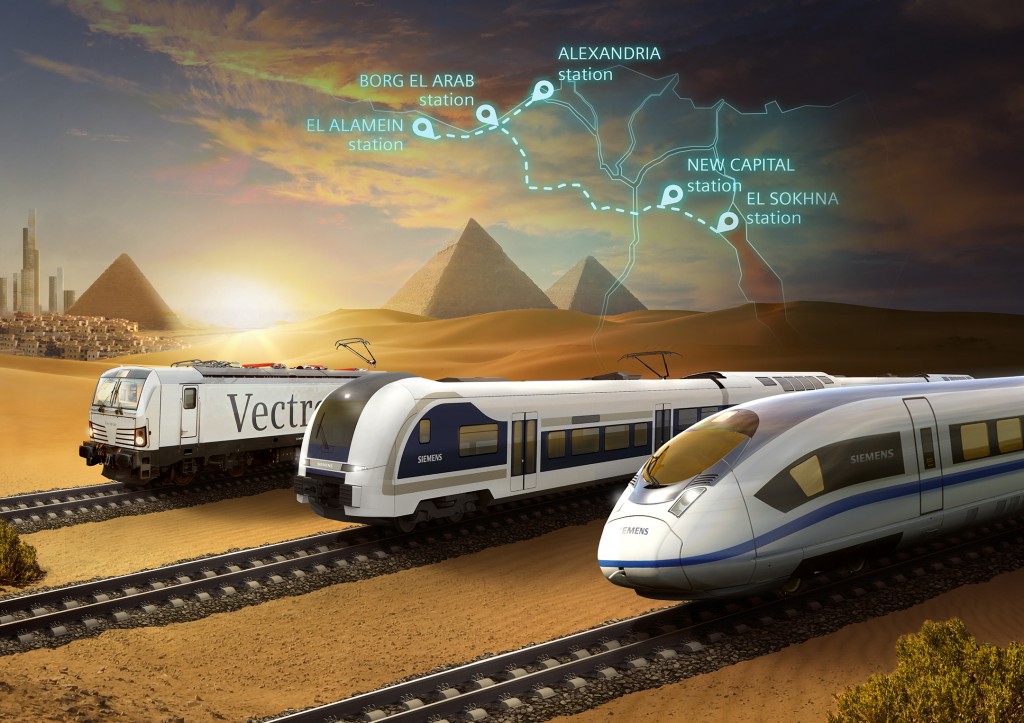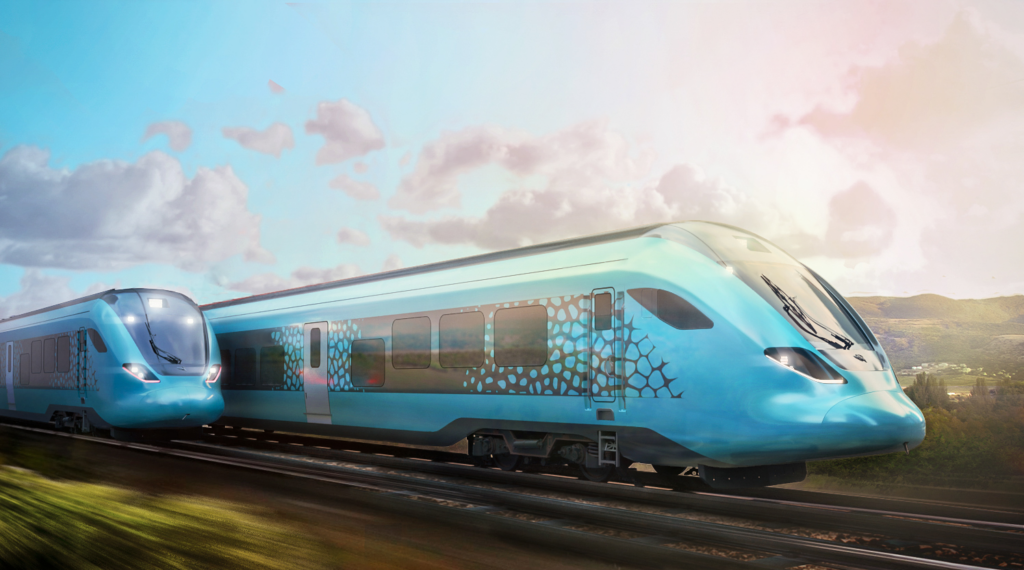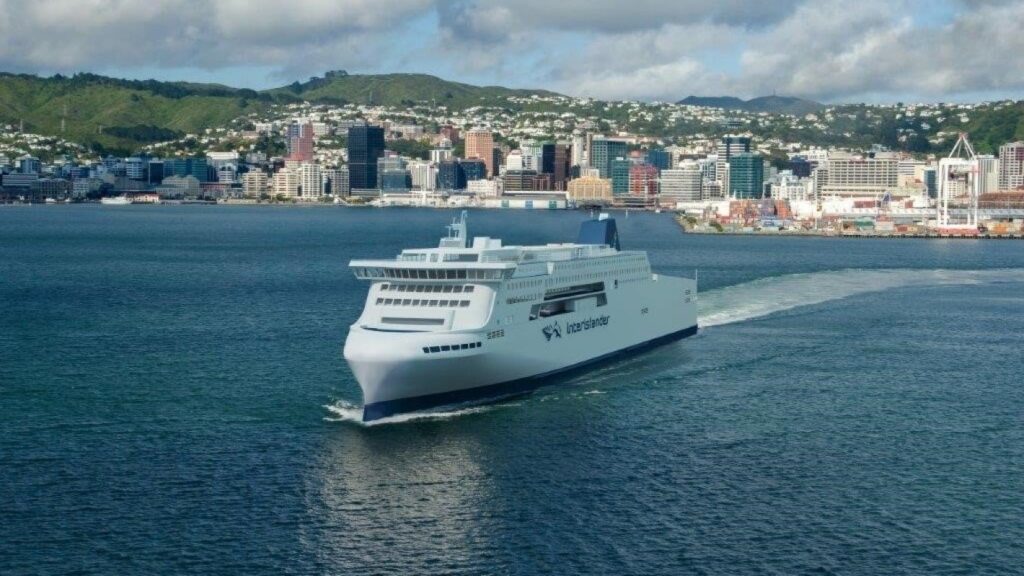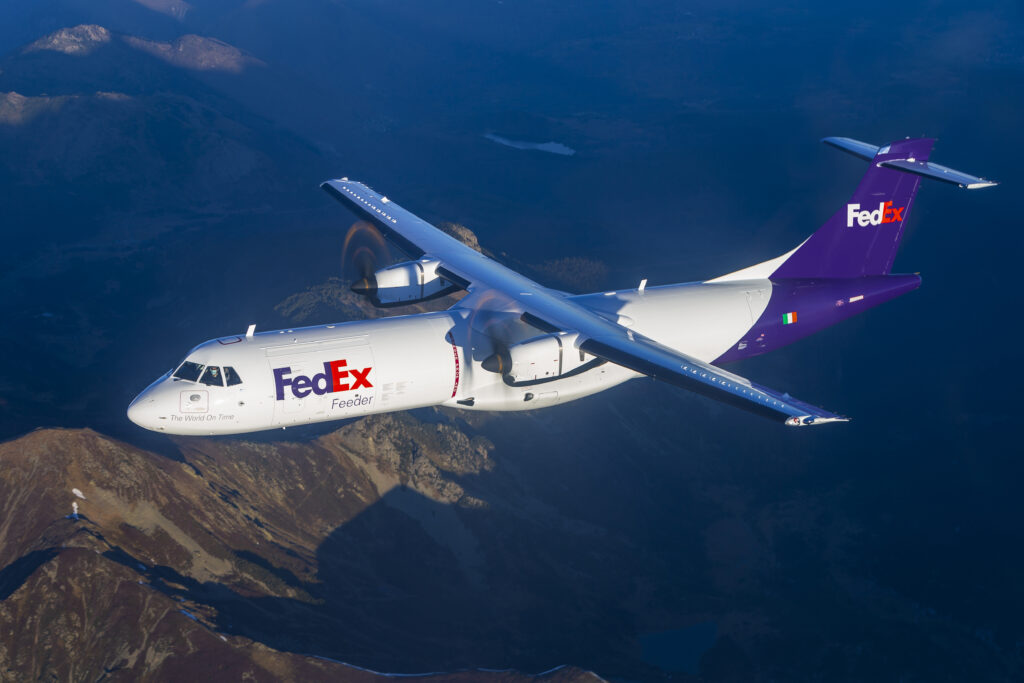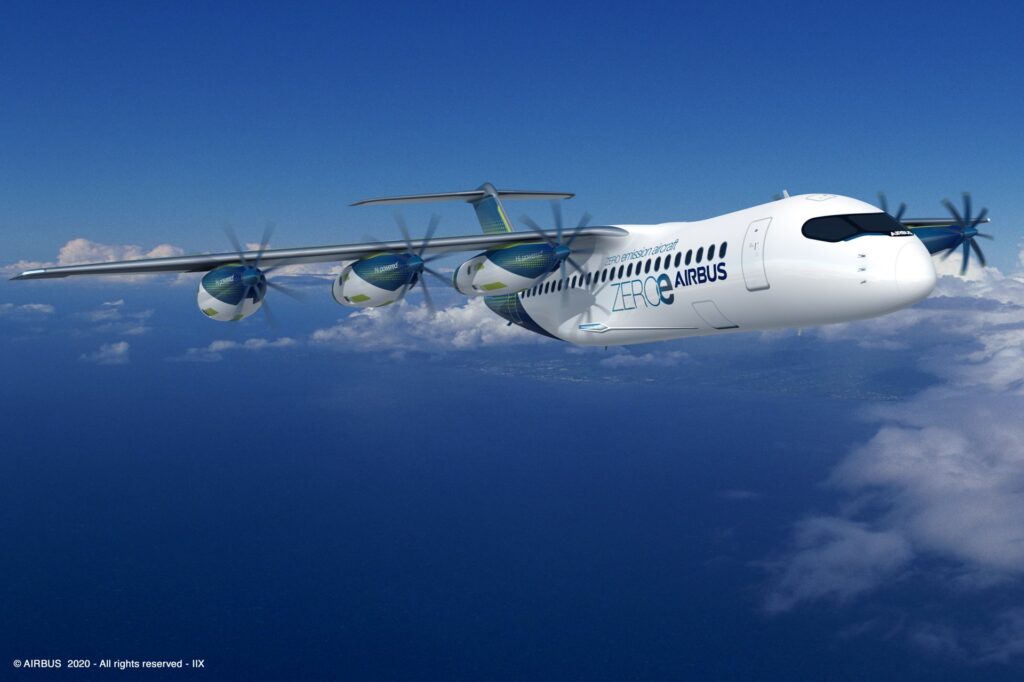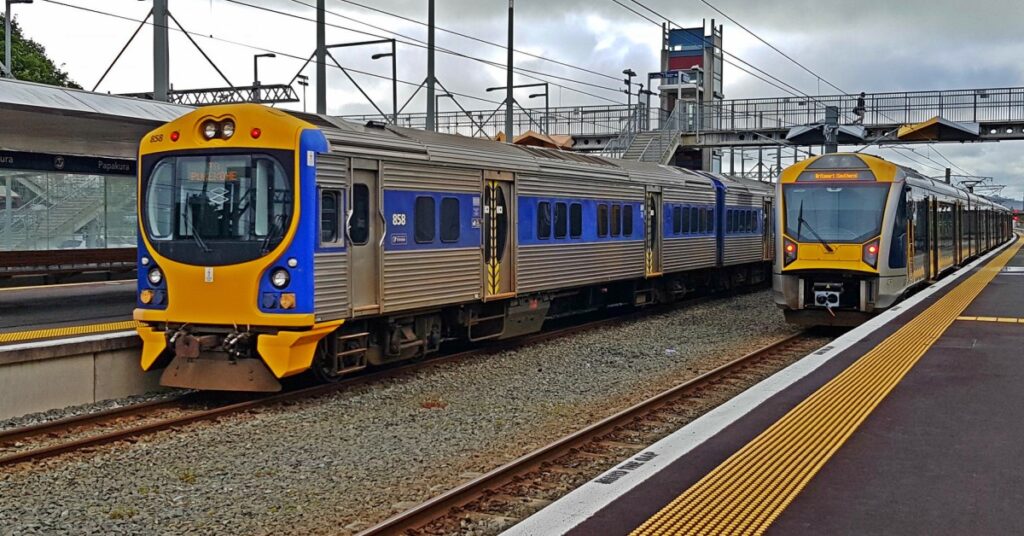Siemens Mobility SignsMoU to Install Egypt’s First High-Speed Rail System
Agreement comprises a rail system with a network of around 1000km – first being a 460km project valued around 3bn$Turnkey Engineering, Procurement and Construction project including 15 years of services Siemens Mobility to provide high-speed and…
